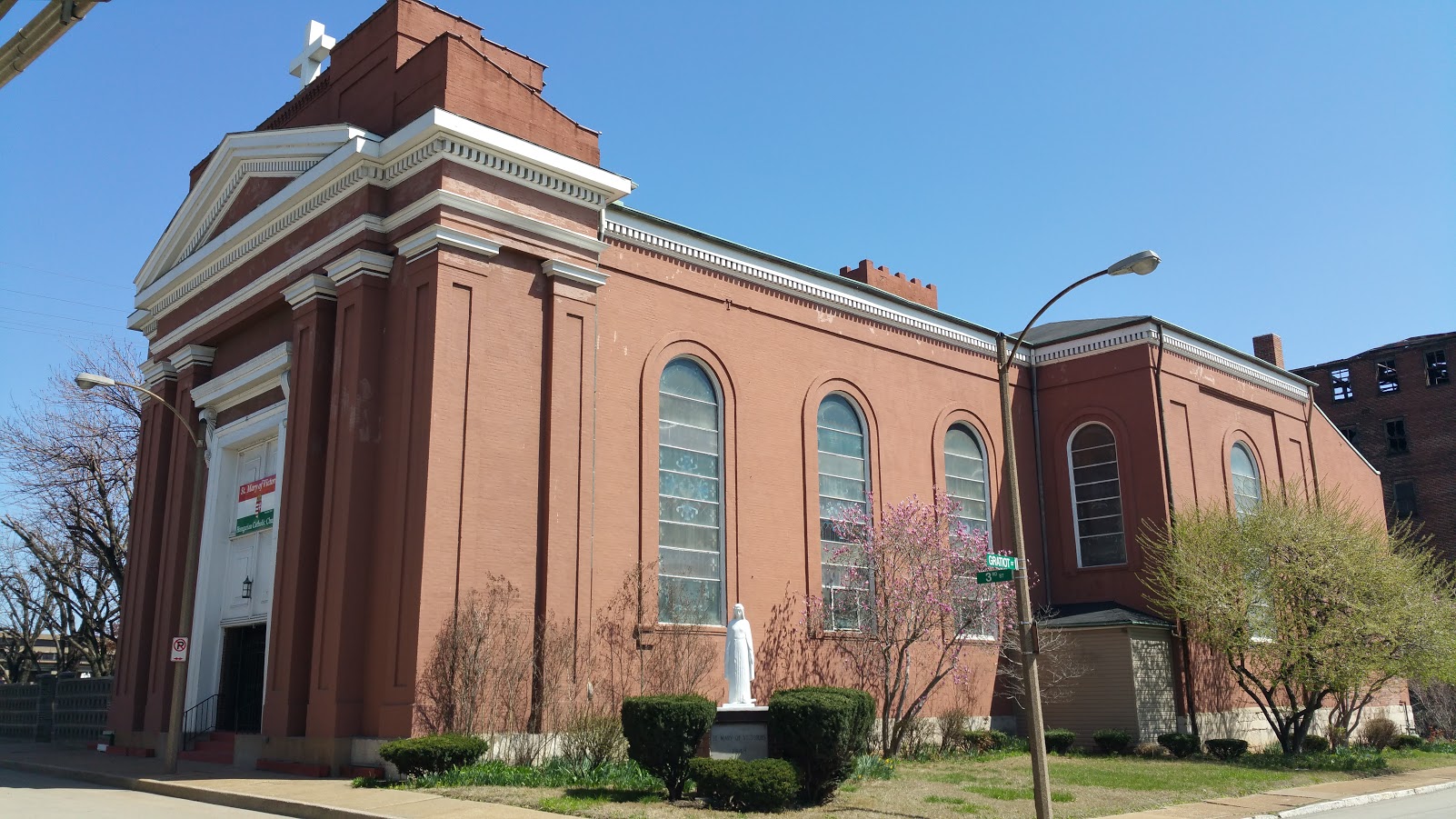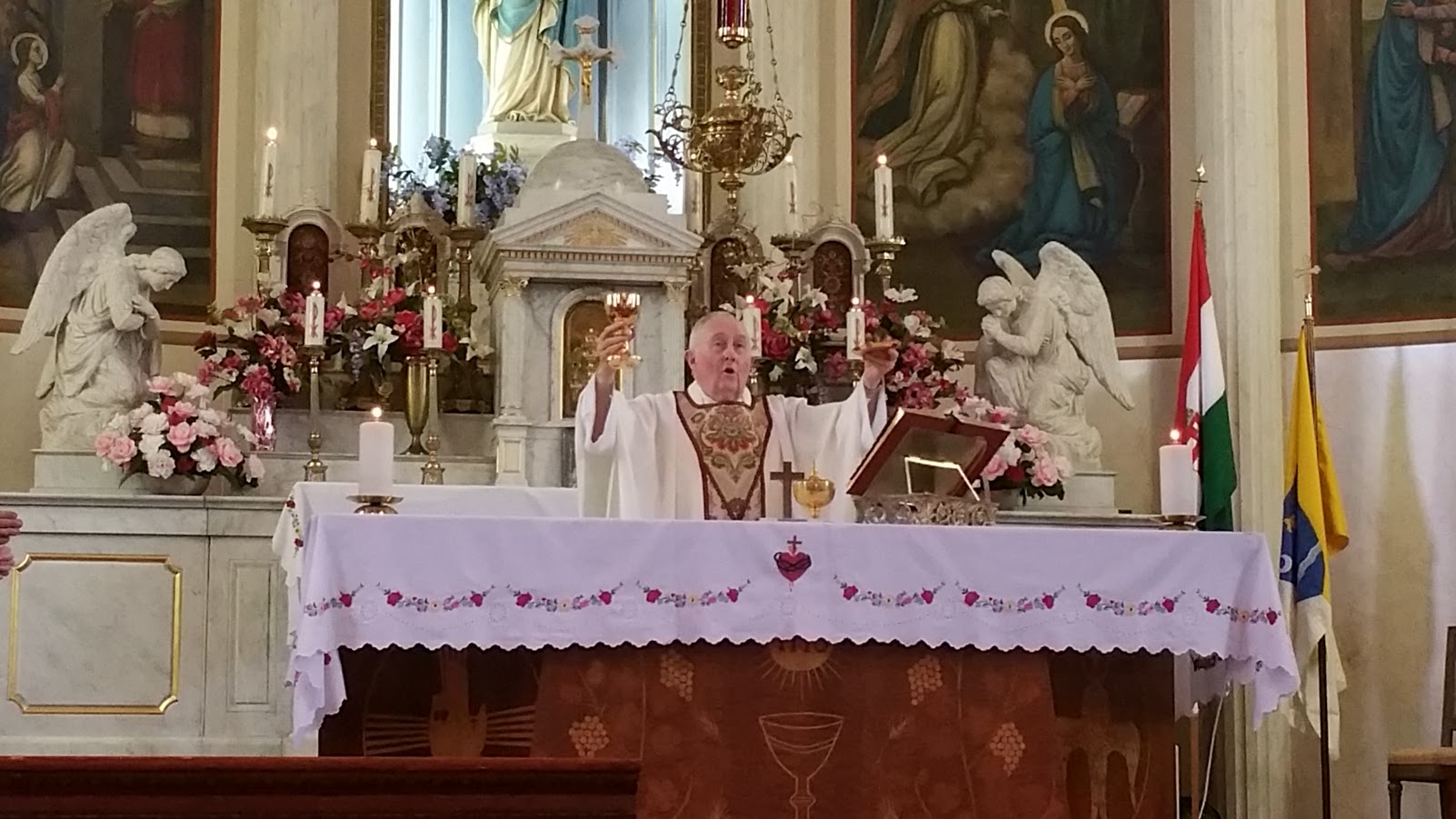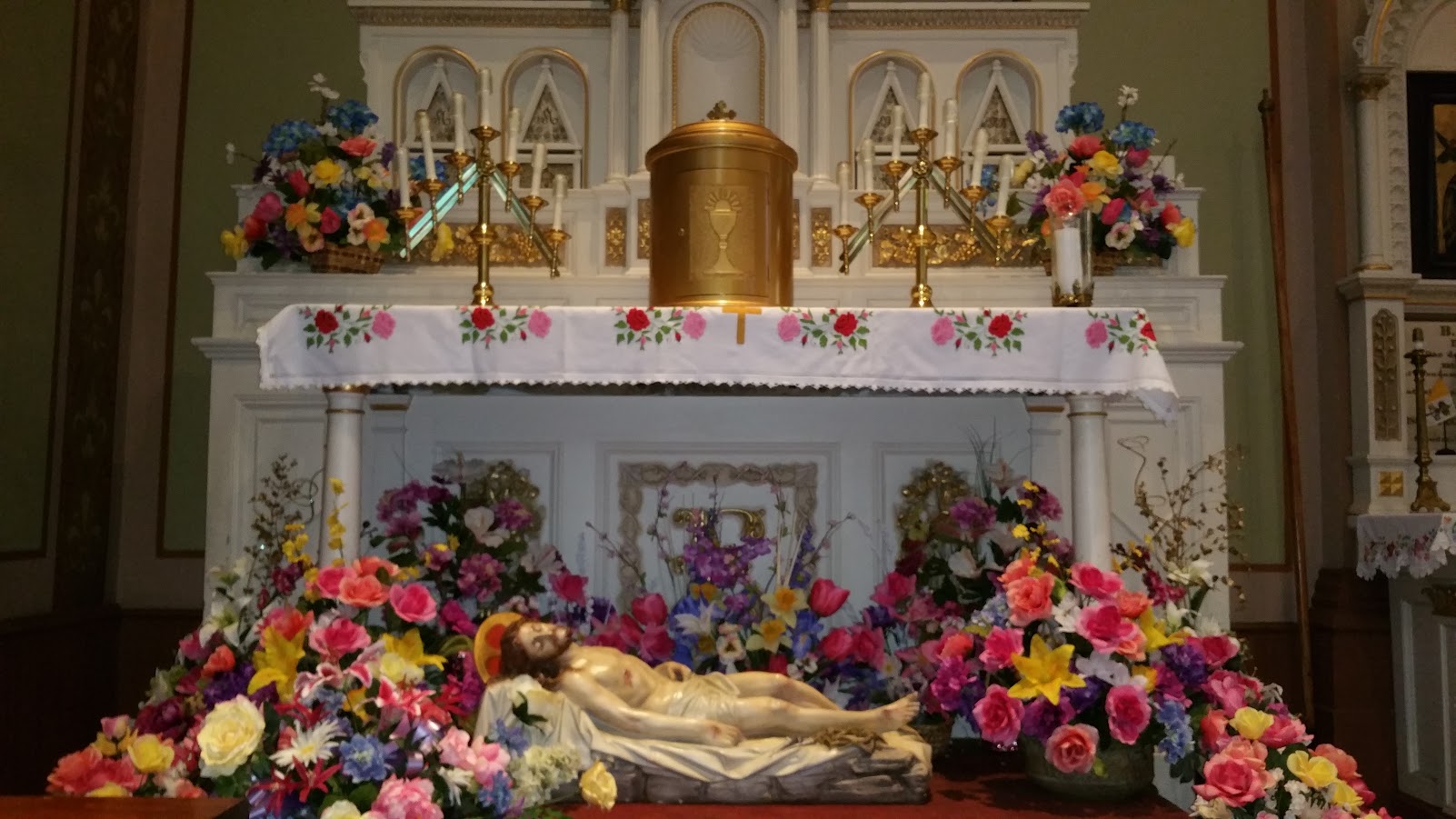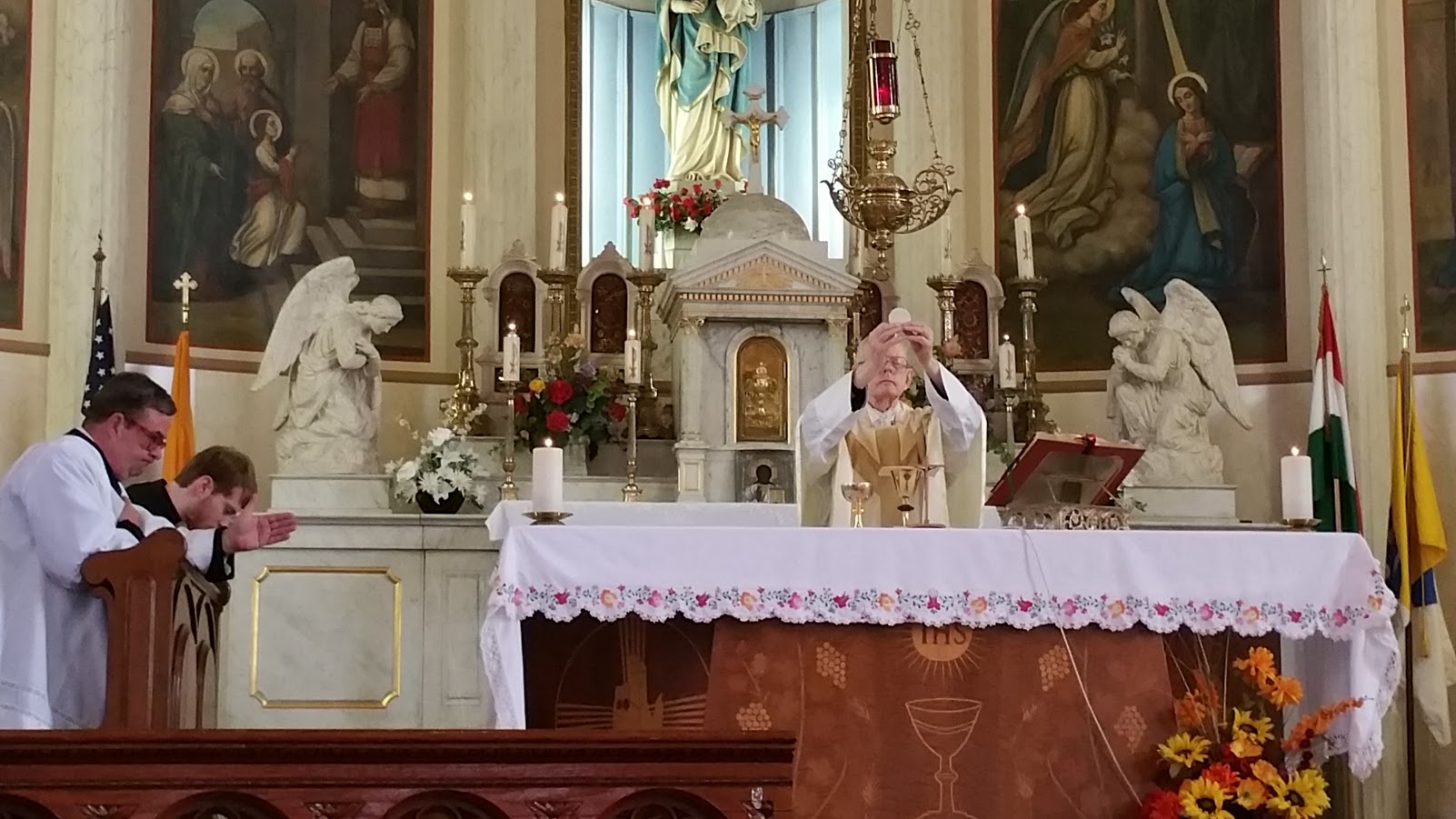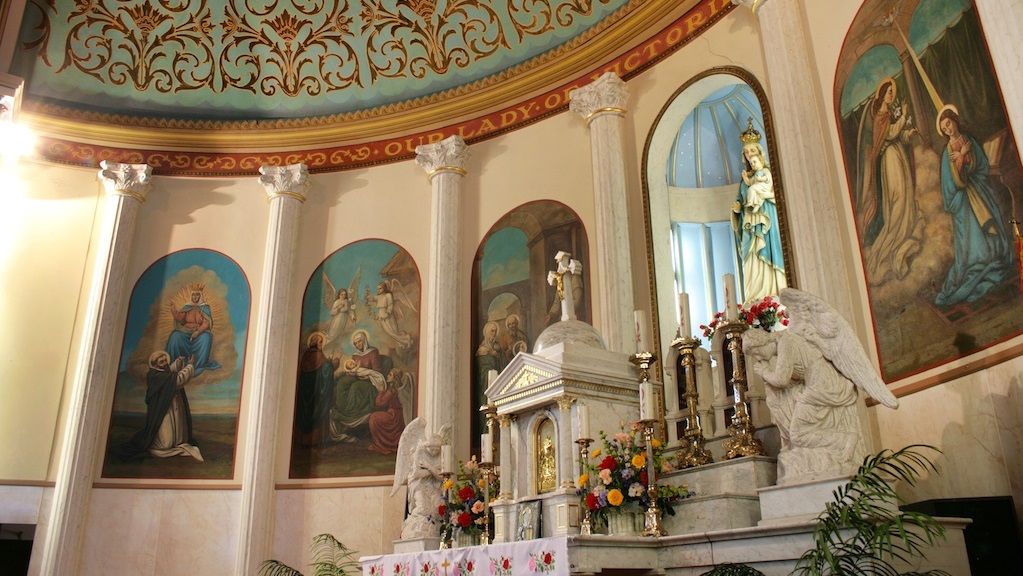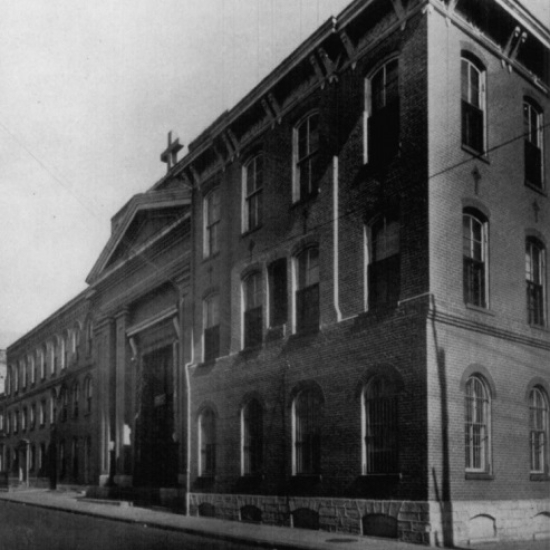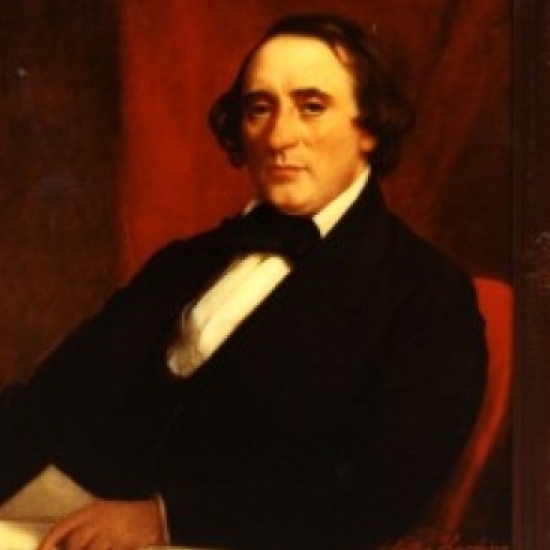2 December 2018, 1st Sunday of Advent (Year C)
Trope: Sanctíssimus namque Gregórius cum preces effúnderet ad Dóminum ut músicum donum ei désuper in carmínibus dedísset, tunc descéndit Spíritus Sanctus super eum, in spécie colúmbæ, et illustrávit cor ejus, et sic demum exórtus est cánere, ita dicéndo: Ad te levavi, etc.
[When the most holy Gregory poured out prayers to the Lord that He might hand down to him from above a musical gift in song, then the Holy Spirit descended upon him in the form of a dove and enlightened his heart to such a degree that at last he began to sing, saying thus: "Ad te levavi . . ." (&the Introit continues)]
This trope is a chant setting of a text that summarizes a popular legend that Pope St Gregory the Great composed the melodies for what we call Gregorian chant under the direct inspiration of the Holy Spirit. This legend was often illustrated by depicting Gregory with a dove whispering the chants into his ear as a secretary records them. Because today begins a new liturgical year, it is a long standing practice to sing the above trope as a preface to today's Introit, a practice that was officially confirmed when the illustration pictured above, along with the trope, was placed on the opening page of the 1908 Graduale Romanum—which remains the only edition of the chants for the Mass propers officially published by the Vatican—just above Ad te levavi.
You can hear the monks of Solesmes sing it here: http://gloria.tv/?media=220409 .
Trope: Sanctissimus namque Gregorius
Introit: Ad te levavi
Alleluia: Ostende nobis
Offertory: Savior of the nations come, V2H p. 228.
Communion: Dominus dabit
Recessional: Hark a herald voice is calling, V2H p. 227.
Ordinary from Mass XVII, PBC, p. 71. (In Gregorian Missal, Kyrie C.) Credo I, PBC, p. 75.
The well-known Introit antiphon gives this Sunday one of its popular names: Levavi Sunday. Its other popular name (in English) is 'Stir up' Sunday, because the first word of the Collect in the Roman Missal was Excita, which Cranmer translated as 'Stir up' in the Book of Common Prayer. The tradition arose that cooks, wives, and their servants would go to church, hear the words 'Stir up, we beseech thee, O Lord...', and be reminded, by association of ideas, that it was about time to start stirring up the puddings for Christmas. [Here endeth the trivia lesson.] The antiphon has has three phrases in the Vatican edition:
- Ad te levavi animam meam: Deus meus in te confido, non erubescam:
- neque irrideant me inimici mei:
- etenim universi qui te exspectant, non confundentur.
Because of its long history and its position at the start of the Graduale, this powerful melody has been the subject of many volumes of analysis and commentary. Here are some highlights:
Each phrase has the same range and stresses the full step below the tonic. The first and third phrases have almost the same closing cadence. (Meam and mei close on f). The most ancient reading, according to the German tradition of the Middle Ages, has this Introit rising from a low pitch (d c f g), like other Introits of the eighth mode, e.g., those of Palm Sunday and of Pentecost. Amen at the close of the psalm-verse has not the usual cadence, but g a d f f g, which acts as an introduction to the repetition of the antiphon. The fact that this cadence is given here indicates that in its original form this Introit began on low d, thus representing the lifting up of the soul to God in a more graphic manner. Animam depicts a reverent look at God, while meam is filled with childlike submission. After b-a in confido, non has a triumphant ring. The same spirit is retained in the following phrase, which sets in with an interval of a fourth and twice has a vibrating tristropha.
Rhythmically the close over (inimi)-ci mei is related to (con)-fido. Now the song becomes more serene. The final phrase has no more large intervals, no more bistrophas or tristrophas. Characteristic of it are the thirds and the upward tendency of f a g, g b a, g a c, after b, c d, which should be sung with a powerful crescendo. Thus the Advent idea (exspectant) is brought luminously into the foreground, and with the conviction that the preceding petition will be granted, the chant comes to a close.
The verse of the
Alleluia has two phrases:
- Ostende nobis Domine misericordiam tuam:
- et salutare tuum da nobis
Ever since the first sin was committed, this cry has been ascending almost ceaselessly to heaven: Show us, 0 Lord, Your mercy! And never is it in vain. The riches of divine mercy are infinite, inexhaustible. But men wish to see God's mercy, to feel it, to touch it bodily. Incarnate Mercy came to this earth when the only-begotten Son of God became man. His merciful love urges Him to seek that which was lost, to preach the Gospel to the poor, to heal wounded hearts, to speak that divinely effective word: Thy sins are forgiven; go in peace. Lord, come again into our hearts, into the hearts of all, work the marvels of Your forgiving love, and grant us Your salvation!
This melody with its archaic form has been thoroughly discussed by Dom Mocquereau in his Monographies gregoriennes No. 2. What follows comes from his excellent work, and we are also adding some additional observations. In the most ancient manuscripts this melody is found accommodated to various texts, as is the case for many Alleluia verses. However, text and melody fit so perfectly here that one might reasonably claim that the verse Ostende is the original. Besides, in no manuscript has it a different melody than that assigned to it here, a fact which likewise testifies to its great age. Alleluia and jubilus are clearly joined by the final pressus on a. But they also show inner relationship. Compare, for instance:
a g a b c b á c
Alle- lu- ia and
Alleluia. g f ab cc b g c
The verse has two parts with two large subdivisions. Ostende sets in lively and fervently with an interval of a fourth on the dominant of the eighth mode, to recall the words of St. James: ‘But let him ask in faith, nothing wavering’ (1:6). However energetic this introduction should be, allowance must be made for a corresponding increase with Domine and above all with (miseri)-cordiam. The cadence of (Domi)-ne keeps the melody suspended; then before the next word-accent it sinks to b a. Now the word misericordiam can shine forth in all its splendor. Upon this upward flight follows relaxation from tuam on, until the melody finally rests upon the tonic.
At its beginning the second phrase recites on the tonic, reminding us, with its porrectus on the word-accent, of the solemn psalm-intonation of the eighth mode. Corresponding to c e d over (miseri)-cordiam in the first phrase, everything here must be fitted to the principal accent of tu-(um), which we should, like to place on d e c a following the tristropha. According to the annotated manuscripts, however, only c a of this pes subbipunctus and the subsequent torculus b d b are sung with more emphasis and expression. Thus we have d c b c g and b♭ a g a f corresponding to one another. No one will experience much difficulty in discovering the similarity of tuam in the first phrase and tuum in the second:
ag ccbg ab♭ a f gb♭ a g
tu am
ca cbgacafbbag
tu um
The final member (da nobis) moves more quietly and prepares for the close. Its melody never goes above c; several times it rests upon low f. The resulting tritonic tone-sequences fab and b g f are somewhat grating. But This is what makes them fit so well to the supplicating spirit of the whole. In the second last group of neums, b♭is occasioned by the following f, just as b in the last group by the following g. The verses of Tracts in the eighth mode end on a. Compare:
Alleluia: cc a g a b♭ g f c c a g a b a a g
Tract : cc a g a b♭ g f a c a b g g a a g
The closing neum differs from that of the Alleluia jubilus; it has the archaic form. We find the richest melismas over tuum and nobis, as if the melody speaks: Only Your mercy, Your salvation can help and heal us. In its adaptation to other texts, the melody occasionally receives the character of a florid psalmody with intonation, dominant, and cadence. Compare, for example, the second phrase of this Alleluia with that of the feast of SS. Simon and Jude: et salutare with nimis confortatus est. Ostende! How often we pray to the Mother of God in the Salve Regina that after this exile she may show us her Son Jesus! Today, since at Rome the principal service (the statio) is in St. Mary Major, we cry out to her also, imploring her to show us here in our exile the incarnate Love which she once bore under her virgin heart.
The Communion antiphon, which we hear again on the feast of St Ignatius Loyola (31 July), has two phrases:
- Dominus dabit benignitatem
- et terra nostra dabit fructrum
The first phrase has a range of a ninth; with (benigni)-tatem it lets the blessings drop gently from above. The second phrase, which treats of the fruits of the earth, does not extend above the dominant of the mode (f). Both phrases descend in a gentle line to low do and begin the following member with an interval of a fourth. A fluent and bright rendition should characterize the whole piece
